Winter onions and their cultivation
In order to provide a family in winter with an environmentally friendly source of vitamins, there is no need to buy rather expensive vegetables and fruits of dubious quality on the market. It is quite possible to add fresh herbs to the table by growing them on your own windowsill. Winter onions can sprout friendly green shoots if you follow a few simple rules.
Content:
- Preparing the bulbs
- Winter forcing onions
- Ways to grow onions in winter
- Winter onion
- A storehouse of vitamins
Preparing the bulbs
For full growth and development, any plant needs five well-balanced factors: sufficient illumination, optimal temperature and humidity, fresh air supply and security. mineral fertilizers... In addition to the intensity of illumination, its duration is of great importance, on which many processes occurring in the plant world are guided.
To get fresh green onion feathers in winter, you can use medium-sized bulbs harvested in the fall and dried, which are prepared for distillation in this way: dip it in warm water for a day until the scales soften. Then the top is carefully cut off, cross-shaped cuts are made to a third of the height of the bulb, then they are kept for a couple of days to saturate with oxygen and planted in containers.
Winter forcing onions
The substrate for growing winter onions can be moistened sawdust, fine gravel, sand, or just water at room temperature. Tight-fitting bulbs are placed in rows in boxes, pallets or plastic candy boxes, which are placed in a warm room until sprouts appear. Further, lighting will play an important role, preferably in a strictly vertical direction, so that the greens are even in shape and color.
After three weeks, you can carefully cut off the outer leaves, providing more favorable conditions for forcing the greens from the middle. Feed plants are not necessary, because all the necessary elements are embedded in the bulb itself. If forcing is carried out in clean water, a little wood ash can be added to it. To ensure an uninterrupted supply of fresh herbs in winter, the bulbs are planted at intervals of ten days.
Ways to grow onions in winter
Onions are an off-season vegetable, but in winter they are more dormant, so additional measures are needed to induce the plant to forcing. Unlike the onion, the onion is a perennial crop, which gives larger and more lush sprouts, superior to the green onion with its healing properties and vitamins. It is recommended to be used for winter growing on greens.
Onions in winter can be grown under conditions greenhouse, if planted in the soil before frost, so that the root system has time to get stronger. It is enough to put a layer of straw or fallen leaves on top, and the first spring rays of the sun will call fresh greens to grow before they begin to appear in open areas of the soil.
Growing onions seed is another way to get a good harvest of early fresh greens with the expectation that young bulbs grown from seeds will yield a full and bountiful onion crop when planted next year.
Growing onions in seedlings involves early March sowing with germinated seeds, followed by planting seedlings in greenhouses. The good thing about the seedling method is that the bow does not go into arrows.Growing winter onions is not as difficult as it seems at first glance to beginners in the field of gardening. It is enough just to know some basic nuances.
Winter onion
First of all, you need to properly prepare the soil in the fall, which is the key to a good harvest. It is cleaned of plant residues, and then disinfected by adding a solution of copper sulfate, based on the following calculation: 2 liters per 1 square meter. Peat, humus and superphosphate are also placed in the ground. The soil needs to be well dug up with a shovel.
Once you level and compact the beds, you need to make grooves 5 cm deep and 15 cm apart. Now you need to take fine dried sevok, spread it out in the grooves and cover it with a mixture of peat and humus.
Growing winter onions includes the obligatory knowledge of planting dates. This is usually done between October 5 and 20. If there is a significant risk of frost, then the soil is mulched with sawdust or peat up to 3 cm in order to keep the bulbs from the negative effects of cold.
A storehouse of vitamins
In the spring, the "extra" layer is raked so that the soil warms up better, and the seedlings appear faster. If in winter the temperature drops below 12 degrees, then you need to additionally throw some snow on the ground. During the spring, make sure that water does not stagnate in the beds, as the bulbs can get wet.
If you wish, you can also grow onions at home. This process is quite simple, because you will know for sure that the onion is not afraid of freezing. It is important to provide sufficient continuous and bright lighting for the onions growing at home during the winter.
With minimal effort, observing simple conditions, you can provide your family with useful substances and vitamins regardless of the season, as well as have a universal addition and decoration to any dishes at hand.



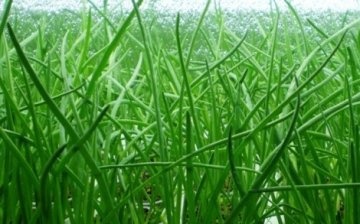
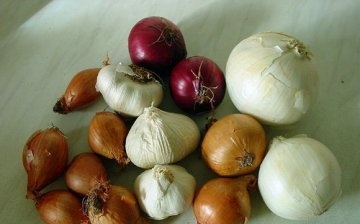
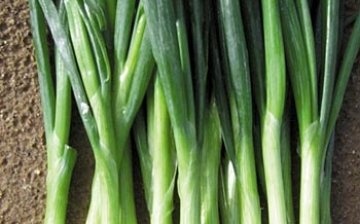
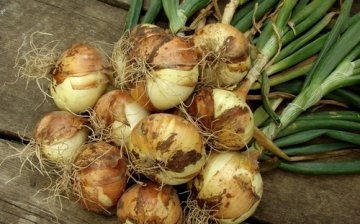




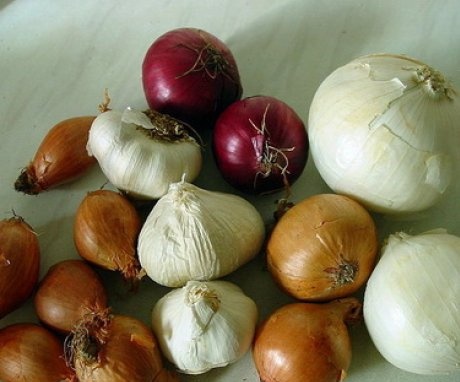

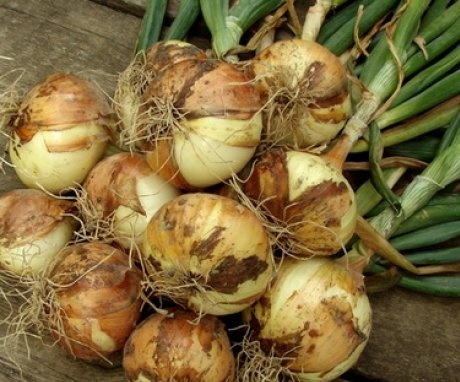
We grow onions for greens every winter. Basically, we put the bulbs in the water. This year they planted it in the ground. Onions grow, however, very slowly. Perhaps he lacks lighting.